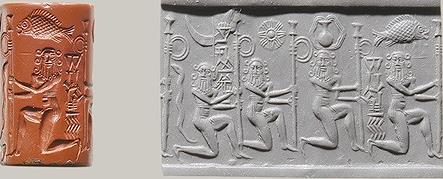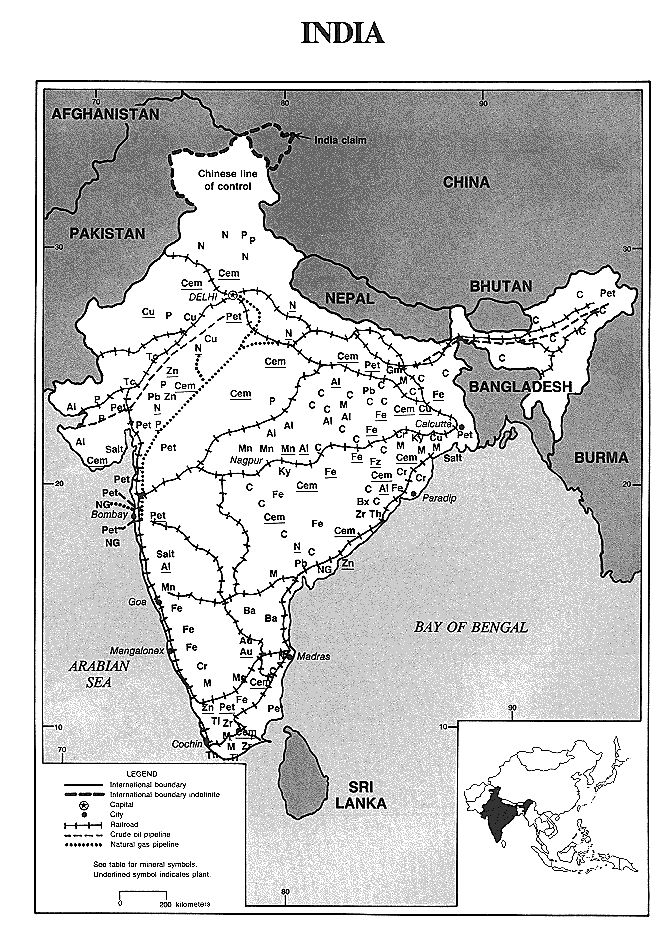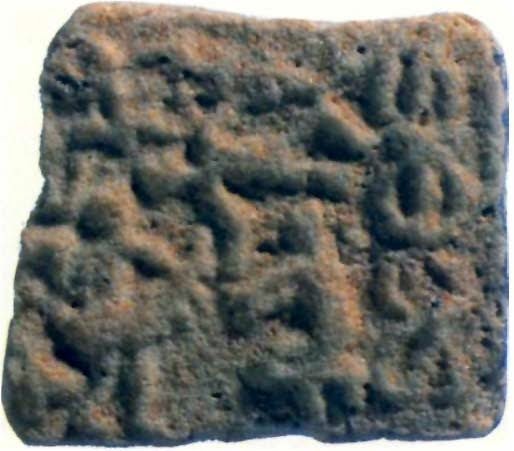Mirror: http://tinyurl.com/p3ppuu7
dhAtu is a gloss which signifies metal, mineral, ore. It is likely that in early Bronze Age, the mineral specifically referred to is iron ore or meteoric iron as naturally occurring native, unsmelted metal called aduru, ayas. A gloss dhāvaḍ has the meaning: iron smelters. This gloss derived rom dhAtu can be explained in an archaeometallurgical context with evidences from Indus Script Corpora.
This suggestion is premised on a Marathi gloss (Prakritam, Meluhha pronunciation) cognate with dhAtu: dhāū, dhāv m.f. ʻa partic. soft red stoneʼ (Marathi)
This note suggests that the place names in India of Dharwad and Ib are related to nearby iron ore regions and lived in by iron workers. The names are derived from two etyma streams: 1 dhāū, dhāv m.f. ʻ a partic. soft red stone ʼ (whence dhā̆vaḍ m. ʻa caste of iron -- smeltersʼ, dhāvḍī ʻ composed of or relating to iron ʼ); dhātu n. ʻ substance ʼ RV., m. ʻ element ʼ 2. ib 'iron' kara +iba, karba 'iron'. For example, the place name Dharwad is relatable to dhāvaḍ 'iron-smelters'. Archaeological explorations near Dharwad and Ib may indicate evidences for iron smelting.
 This etymon indicates the possible reading of the tall flagpost carried by kneeling persons with six locks of hair: baTa 'six' Rebus: bhaTa 'furnace'. Associated with nAga 'serpent' Rebus: nAga 'lead'
This etymon indicates the possible reading of the tall flagpost carried by kneeling persons with six locks of hair: baTa 'six' Rebus: bhaTa 'furnace'. Associated with nAga 'serpent' Rebus: nAga 'lead'The banner flagpost carried by four flag-bearers includes a banner associated with fish. aya 'fish' Rebus: aya 'iron' (Gujarati) ayas 'metal' (Rigveda) http://bharatkalyan97.blogspot.in/2015/08/indus-script-unravels-announcement-of.html presents the picture of a 11-ft tall banner from Girsu (Telloh)

Red jasper H. 1 1/8 in. (2.8 cm), Diam. 5/8 in. (1.6 cm) cylinder Seal with four hieroglyphs and four kneeling persons (with six curls on their hair) holding flagposts, c. 2220-2159 B.C.E., Akkadian (Metropolitan Museum of Art) Cylinder Seal (with modern impression). The four hieroglyphs are: from l. to r. 1. crucible PLUS storage pot of ingots, 2. sun, 3. narrow-necked pot with overflowing water, 4. fish A hooded snake is on the edge of the composition. (The dark red color of jasper reinforces the semantics: eruvai 'dark red, copper' Hieroglyph: eruvai 'reed'; see four reedposts held.
If the hieroglyph on the leftmost is moon, a possible rebus reading: قمر ḳamar
A قمر ḳamar, s.m. (9th) The moon. Sing. and Pl. See سپوږمي or سپوګمي (Pashto) Rebus: kamar 'blacksmith'

There are two Railway stations in India called Dharwad and Ib. Both are related to Prakritam words with the semantic significance: iron worker, iron ore.
dhā̆vaḍ m. ʻ a caste of iron -- smelters ʼ, dhāvḍī ʻ composed of or relating to iron ʼ (Marathi)(CDIAL 6773)
ib 'iron' (Santali) karba 'iron'; ajirda karba 'native metal iron' (Tulu) karabha 'trunk of elephant' Rebus: karba 'iron' ibha 'elephant' Rebus: ib 'iron ore' (Santali) The gloss ajirda (Tulu) is cognate with aduru, ayas. Hence, it is likely that the gloss ayas of Rigveda signifies native, unsmelted metal of iron ore.

Glazed steatite . Cylinder seal. 3.4cm high; imported from Indus valley. Rhinoceros, elephant, crocodile (lizard? ).Tell Asmar (Eshnunna), Iraq. Elephant, rhinoceros, crocodile hieroglyphs: ib 'elephant' Rebus: ib 'iron' kANDa 'rhinoceros' Rebus: kANDa 'iron implements' karA 'crocodile' Rebus: khAr 'blacksmith' (Kashmiri)
See: A stranded rope as a hieroglyph signifies dhAtu rebus metal, mineral, ore. This occurs on Ancient Near East objects with hieroglyphs such as votive bas-relief of Dudu, priest of Ningirsu in the time of Entemena, prince of Lagash C. 2400 BCE Tello (ancient Girsu), eagle and stranded rope from Bogazhkoy. Indus Script decipherment of these hieroglyph-multiplexes confirms the underlying Prakritam as an Indo-European language and Indus Script Corpora is emphatically catalogus catalogorum of metalwork of the Bronze Age in Ancient Near East.

Print of a seal: Two-headed eagle, a twisted cord below. From Bogazköy . 18th c.B.C. (Museum Ankara). eruvai 'kite' Rebus: eruva 'copper' dhAtu 'strands of rope' Rebus: dhAtu 'mineral' (Note the three strands of the rope hieroglyph on the seal impression from Bogazkoy; it is read: tridhAtu 'three mineral elements'). It signifies copper compound of three minerals; maybe, arsenic copper? or arsenic bronze, as distinct from tin bronze?
Sulfide deposits frequently are a mix of different metal sulfides, such as copper, zinc, silver, lead, arsenic and other metals. (Sphalerite (ZnS2), for example, is not uncommon in copper sulfide deposits, and the metal smelted would be brass, which is both harder and more durable than bronze.)The metals could theoretically be separated out, but the alloys resulting were typically much stronger than the metals individually.
| Ore name | Chemical formula |
|---|---|
| Arsenopyrite | FeAsS |
| Enargite | Cu3AsS4 |
| Olivenite | Cu2(AsO4)OH |
| Tennantite | Cu12As4S13 |
| Malachite | Cu2(OH)2CO3 |
| Azurite | Cu3(OH)2(CO3)2 |
Hieroglyph: धातु [p= 513,3] m. layer , stratum Ka1tyS3r. Kaus3. constituent part , ingredient (esp. [ and in RV. only] ifc. , where often = " fold " e.g. त्रि-ध्/आतु , threefold &c ; cf.त्रिविष्टि- , सप्त- , सु-) RV. TS. S3Br. &c (Monier-Williams) dhāˊtu *strand of rope ʼ (cf. tridhāˊtu -- ʻ threefold ʼ RV., ayugdhātu -- ʻ having an uneven number of strands ʼ KātyŚr.).; S. dhāī f. ʻ wisp of fibres added from time to time to a rope that is being twisted ʼ, L. dhāī˜ f.(CDIAL 6773)
Rebus: M. dhāū, dhāv m.f. ʻ a partic. soft red stone ʼ (whence dhā̆vaḍ m. ʻ a caste of iron -- smelters ʼ, dhāvḍī ʻ composed of or relating to iron ʼ); dhāˊtu n. ʻ substance ʼ RV., m. ʻ element ʼ MBh., ʻ metal, mineral, ore (esp. of a red colour) ʼ; Pk. dhāu -- m. ʻ metal, red chalk ʼ; N. dhāu ʻ ore (esp. of copper) ʼ; Or. ḍhāu ʻ red chalk, red ochre ʼ (whence ḍhāuā ʻ reddish ʼ; (CDIAL 6773) धातु primary element of the earth i.e. metal , mineral, ore (esp. a mineral of a red colour) Mn. MBh. &c element of words i.e. grammatical or verbal root or stem Nir. Pra1t. MBh. &c (with the southern Buddhists धातु means either the 6 elements [see above] Dharmas. xxv ; or the 18 elementary spheres [धातु-लोक] ib. lviii ; or the ashes of the body , relics L. [cf. -गर्भ]) (Monier-Williams. Samskritam)
Located on the Map of India are regions with Fe (Iron ore) mines: the locations include Dharwad and Ib.

Dharwad is the district headquarters of Dharwad district in the state of Karnataka, India. It was merged with the city of Hubli in 1961 to form the twin cities of Hubli-Dharwad. It covers an area of 200.23 km² and is located 425 km northwest of Bengaluru, onNH 4, between Bengaluru and Pune...The word "Dharwad" means a place of rest in a long travel or a small habitation. For centuries, Dharwad acted as a gateway between the Malenaadu (western mountains) and the Bayalu seeme (plains) and it became a resting place for travellers. Inscriptions found near Durga Devi temple in Narendra (a nearby village) and RLS High School date back to the 12th century and have references to Dharwad. This makes Dharwad at least 900 years old. https://en.wikipedia.org/wiki/Dharwad The place is located in the region of hematite (iron ore) -- e.g. Sandur taluk

The station derives its name from Ib River flowing nearby. Ib railway station came up with the opening of the Nagpur-Asansol main line of Bengal Nagpur Railway in 1891. It became a station on the crosscountry Howrah-Nagpur-Mumbai line in 1900 In 1900, when Bengal Nagpur Railway was building a bridge across the Ib River, coal was accidentally discovered in what later became Ib Valley Coalfield. https://en.wikipedia.org/wiki/Ib_railway_station

S. Kalyanaraman
Sarasvati Research Center
August 19, 2015


